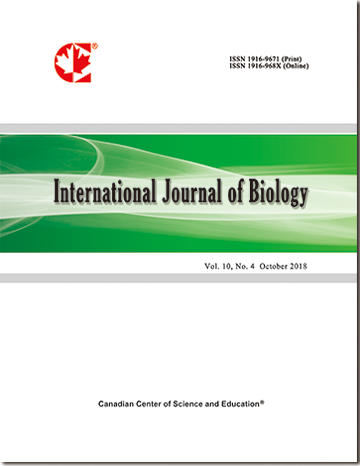Influences of Bedding Material in Vermicomposting Process
- Latifah Manaf
- Mohd Jusoh
- Mohd Yusoff
- Tengku Tengku Ismail
- Rosta Harun
- Hafizan Juahir
- Kamaruzaman Jusoff
Abstract
Rapid growth of urbanization and industrialization has led to generation of large quantities of wastes. Major portion oforganic waste is dumped in landfill sites, creates the organic load on the ground water, and more emissions of landfill
gases. The best possible alternative to reduce these potential pollutants is through vermicomposting. Vermicomposting
is essentially composting with worms. This experiment was done to determine which bedding materials (either
newspaper or sawdust) is more suitable for vermicomposting by using biological parameter which measured the growth
rate (pH), number of worm, number of cocoons and worm biomass. The worms were breed in vermicomposter and the
period of vermicomposting using Perionyx excavatus worm is six weeks. All of the four biological parameters showed
that there are significant different between this two type of bedding using ANOVA test. The Duncan test demonstrated
that newspaper bedding is more influential in worm biomass production and growth rate while sawdust bedding is better
for cocoons production and number of worm. For pH analysis it reveals that the optimum pH for worm growth rate is
near to neutral condition. As conclusion, different types of bedding material will influence the worm growth.
- Full Text:
 PDF
PDF
- DOI:10.5539/ijb.v1n1p81
Journal Metrics
h-index (December 2021 ): 37
i10-index (December 2021 ): 149
h5-index (December 2021 ): N/A
h5-median (December 2021 ): N/A
Index
- ACNP
- AGRICOLA
- BASE (Bielefeld Academic Search Engine)
- CAB Abstracts
- CiteFactor
- CNKI Scholar
- CrossRef
- DTU Library
- Elektronische Zeitschriftenbibliothek (EZB)
- Excellence in Research for Australia (ERA)
- Google Scholar
- Infotrieve
- LIVIVO (ZB MED)
- LOCKSS
- Max Planck Institutes
- MIAR
- PKP Open Archives Harvester
- Qualis/CAPES
- ResearchGate
- ROAD
- SafetyLit
- SHERPA/RoMEO
- Technische Informationsbibliothek (TIB)
- Universe Digital Library
- WorldCat
Contact
- Ryan JonesEditorial Assistant
- ijb@ccsenet.org
